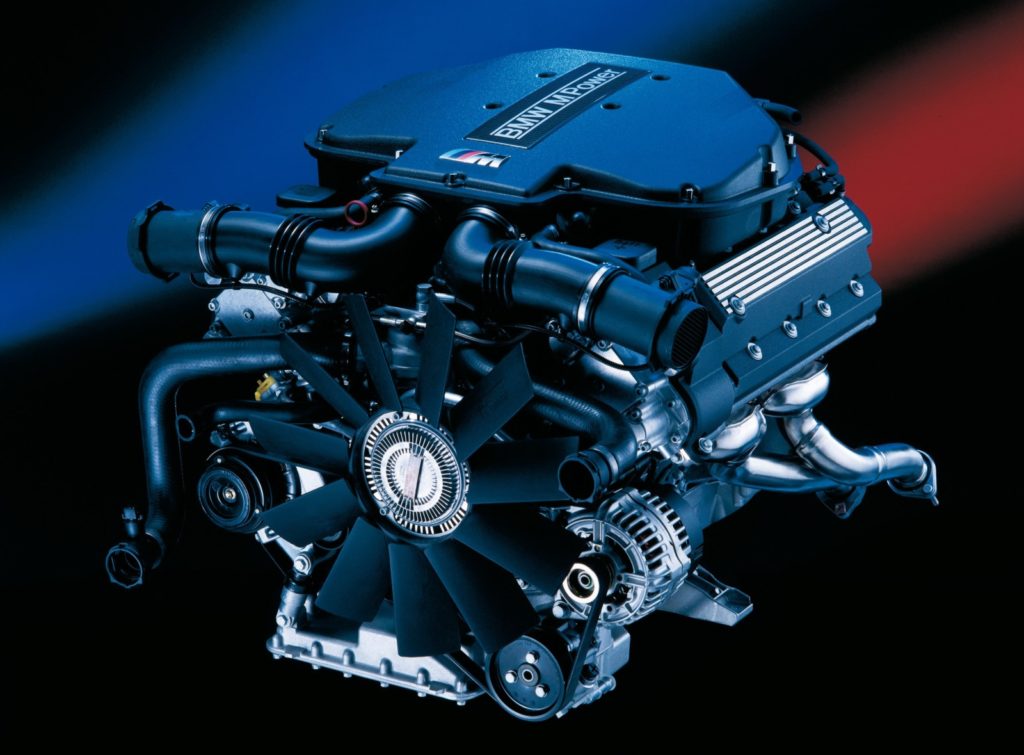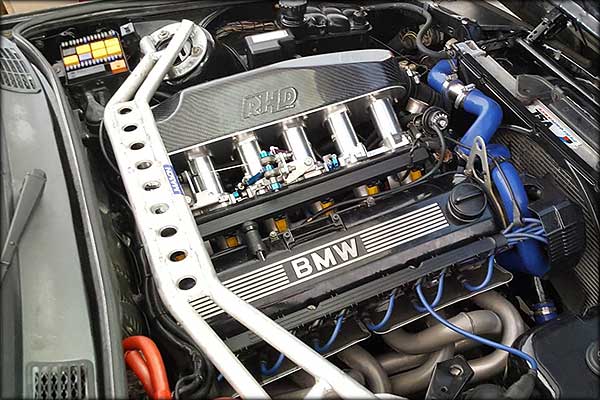Checking Out the Development of Burning Engines in Modern Transport Solutions
As we browse the landscape of modern transportation, the evolution of combustion engines stands as a testimony to human ingenuity and engineering expertise. From their simple starts to the innovative giants driving automobiles today, burning engines have undertaken an impressive trip of innovation and adjustment. Recognizing the intricacies of this evolution not just clarifies the past but additionally leads the method for imagining what exists ahead in the realm of transport technology. The interplay of history, innovation, and ecological concerns in forming the trajectory of burning engines develops a narrative that is both insightful and compelling.
Early Beginnings of Combustion Engines
Just how did the idea of burning engines first arise in the very early stages of transportation development? The roots of combustion engines can be mapped back to the 17th century when the principles of interior combustion were very first checked out.
The advancement moment included the invention of the first effective gasoline-powered engine by Karl Benz in 1885 - bmw engine. This engine led the way for the growth of the modern-day car, transforming transport systems worldwide. Subsequent technologies by Nikolaus Otto and Gottlieb Daimler better fine-tuned combustion engine modern technology, resulting in the automation of automobiles and the quick expansion of the transportation sector
These very early burning engines were characterized by their simpleness and effectiveness, laying the structure for the facility and effective engines used in contemporary transport systems. The advancement of combustion engines has contributed in shaping the method we travel and deliver items, noting a substantial milestone in the history of transportation development.
Change to Internal Burning Modern Technology
The change to internal combustion technology noted a critical change in the development of transport systems. This change started in the late 19th century, with innovators like Nikolaus Otto and Gottlieb Daimler creating the first effective inner burning engines. These engines revolutionized transport by providing a more powerful and efficient option to steam engines and electrical motors.
One of the key advantages of interior combustion engines was their ability to be reduced to fit right into vehicles, resulting in the growth of motorbikes and vehicles. This change from cumbersome, fixed engines to small, mobile ones led the way for the contemporary transportation systems we see today.
The shift to internal combustion technology likewise spurred innovations in fuel innovation, leading to the advancement of fuel and diesel as primary gas resources for cars. This change not only made transport extra easily accessible to the masses yet also laid the structure for the oil and gas sector to become important to international economies.
Impact of Combustion Engines on Transportation
The adoption of combustion engines in transport systems militarized a profound change in the efficiency and speed of international wheelchair. Burning engines transformed transportation by supplying a dependable and flexible source of power for various cars, consisting of autos, trucks, planes, and ships. This technology dramatically enhanced the capacity for people and goods to move over long distances in shorter amount of time, leading to increased connectivity between regions and countries.
In addition, the prevalent usage of burning engines has actually had a significant effect on economic development. The capacity to transport items successfully has actually spurred trade and commerce, permitting organizations to increase their markets and reach consumers worldwide. This has actually facilitated financial development and globalization, as products can now be transferred faster and in bigger amounts than in the past.
However, the ecological effect of burning engines can not be forgotten. The combustion of nonrenewable fuel sources has actually caused air pollution and greenhouse gas emissions, adding to climate change and posturing health and wellness risks to populaces. bmw engine. As an outcome, there is a growing focus on establishing alternative propulsion modern technologies to reduce these negative impacts and create an extra sustainable future for transport
Technologies in Combustion Engine Layout
One significant development is the advancement of turbocharged engines, which make use of exhaust gases to drive a generator that presses inbound air, permitting for more gas to be charred, resulting in boosted power output without a considerable rise in engine dimension. Variable straight from the source valve timing systems find have actually also revolutionized engine layout by optimizing air movement at various engine speeds, improving both power and effectiveness. These advancements jointly contribute to the continual improvement of combustion engines in modern transportation systems.
Future Patterns in Burning Engine Advancement
With innovation improvements driving constant technology, the future of combustion engine advancement is poised to transform transport systems globally. One of the essential patterns in burning engine advancement is the push in the direction of better efficiency and lowered exhausts.
An additional famous fad is the fostering of hybrid technologies in combustion engines. Crossbreed engines integrate traditional burning technology with electric power, offering improved gas efficiency and reduced discharges. As the automobile market changes in the direction of electrification, crossbreed burning engines are seen as a transitional service that connects the gap between standard cars and totally electric ones.
Additionally, the assimilation of wise innovations, such as artificial knowledge and data analytics, is anticipated to play a considerable duty in the future of burning engine advancement. These modern technologies can enhance engine efficiency in real-time, causing extra reliable combustion processes and boosted general car efficiency. Embracing these future fads will certainly not just drive development in combustion engine growth but additionally add to a more eco friendly and sustainable transportation environment.

Verdict
Finally, the advancement of combustion engines in contemporary transport systems has actually been noted by substantial improvements in technology and layout. From the very early beginnings of combustion engines to the change to internal burning innovation, these engines have visit this site right here actually had an extensive impact on transport. Developments in combustion engine layout remain to drive progress in this area, with future trends concentrating on further enhancing efficiency and reducing discharges. The future of burning engines in transport looks encouraging as research study and development initiatives remain to push boundaries.
The roots of burning engines can be mapped back to the 17th century when the principles of interior combustion were first explored. These engines transformed transportation by providing an extra reliable and powerful alternative to vapor engines and electrical motors.
